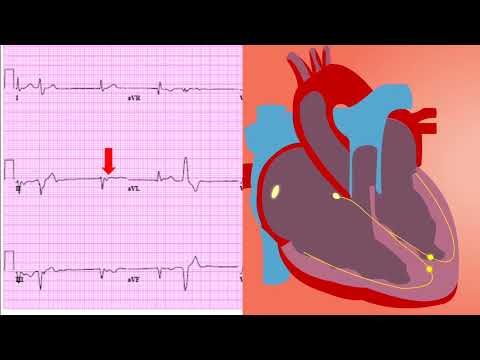🎬 Video Summary
This video provides a comprehensive overview of diuretics, commonly known as water pills. It explains how these medications assist the kidneys in removing excess salt (sodium) and water from the body. Learn about the different types of diuretics and understand the mechanisms by which they work to maintain fluid balance and manage various health conditions.
🧠Teaching Pearls
- Understand the primary function of diuretics in removing excess sodium and water.
- Learn how diuretics support kidney function and overall fluid regulation.
- Discover the different types of diuretics available and their specific mechanisms of action.
- Explore the role of diuretics in managing conditions like hypertension and edema.
❓ Frequently Asked Questions
Q: What are diuretics used for?
A: Diuretics are primarily used to reduce excess fluid in the body, which can help lower blood pressure and relieve swelling (edema).
Q: Are there different types of diuretics?
A: Yes, common types include thiazide diuretics, loop diuretics, and potassium-sparing diuretics, each working on different parts of the kidney.
Q: Can diuretics cause side effects?
A: Yes, potential side effects can include dehydration, electrolyte imbalances (such as low potassium), and dizziness. It’s important to discuss these with your doctor.
Q: How quickly do diuretics work?
A: The onset of action varies depending on the type of diuretic, but some can start working within a few hours.
Q: Can I take diuretics with other medications?
A: It’s crucial to consult your doctor before taking diuretics with other medications, as they can interact.
Q: Can I get diuretics over the counter?
A: Most diuretics require a prescription from a healthcare provider.
🧠 Key Takeaways
- 💡 Diuretics help the kidneys eliminate excess salt and water from the body.
- 💡 Different types of diuretics work on different parts of the kidney.
- 💡 Diuretics are used to treat conditions like high blood pressure and edema.
- 💡 It’s essential to be aware of potential side effects and interactions with other medications.
🔍 SEO Keywords
Diuretics, water pills, kidney function, sodium, edema, hypertension, thiazide diuretics.
“`

